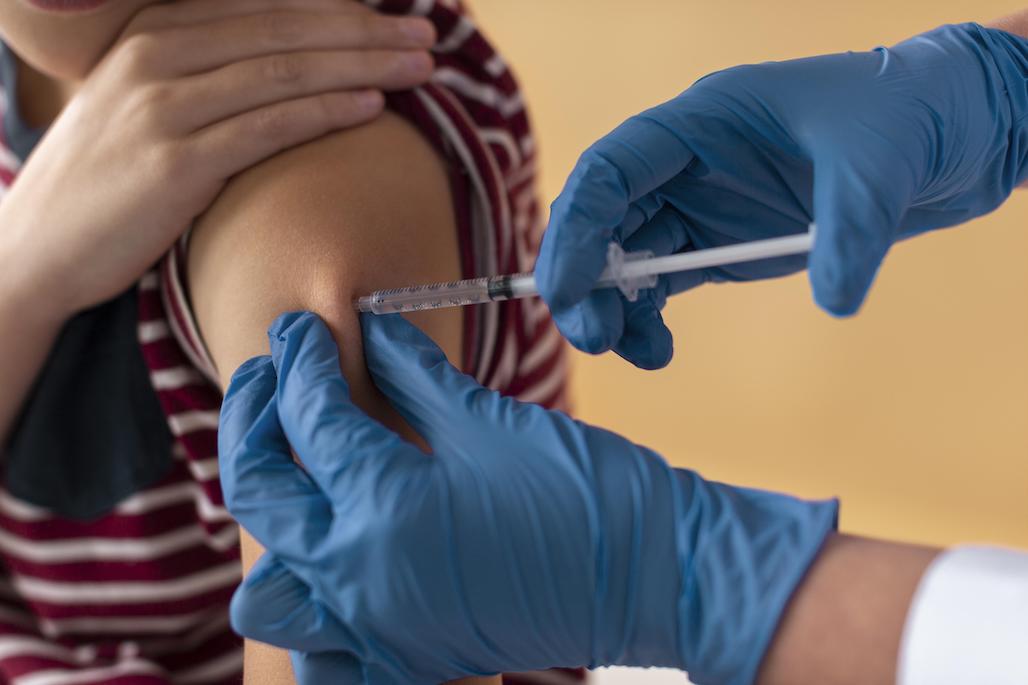Shingles

What is Shingles?
Shingles, also known as herpes zoster, is an infection of a nerve and the skin around it. It is cause by the Varicella-Zoster virus, which also causes chicken pox. When people catch chickenpox, the virus stays in the body. It can become active again later, if the immune system is lowered or weakened. It is not possible to give other people shingles, however people can catch chicken pox if they have not had it before.
Complications can sometimes occur as a result of shingles. Such complications are more likely to occur in those with weakened immune system or the elderly. Shingles is rarely life threatening, however complications can mean that around 1 in 1000 cases in adults over the age of 70 is fatal.
Complications can include:
- Postherpetic neuralgia (pain in the nerves)
- Eye problems
- Ramsay Hunt Syndrome
- The rash becoming infected with bacteria.
- White patches (a loss of pigment) or scarring in the area of the rash.
- Inflammation of the lungs (pneumonia), liver (hepatitis), brain (encephalitis), spinal cord (transverse myelitis), or protective membranes that surround the brain and spinal cord (meningitis) – these complications are rare.
Who is at risk from Shingles?
The virus can become active again if immune system is lowered or weakened by:
- Stress
- Other illnesses or conditions
- Treatments like chemotherapy
Those with shingles to try and avoid:
- Pregnant people who have not had chickenpox before.
- People with a weakened immune system – like someone having chemotherapy.
- Babies less that 1 month old These groups are at risk of getting chicken pox.
What are the symptoms?
The first signs of shingles can be:
- A tingling or painful feeling in an area of skin
- A headache
- Feeling generally unwell
The rash usually appear on chest and tummy, but it can appear anywhere on the body including face, chest and genitals. The rash usually appears as blotches on the skin on 1 side of the body only. If a rash appears on both the left and rights sides of the body, it is unlikely to be shingles.
The blotches become itchy blister that ooze fluid. A few days later, the blister dry out and scab. The skin remains painful after the rash has gone. It can also affect sight or hearing and make it hard to move 1 side of the face.
Can I use the DC Shingles Vaccination Service?
The service is suitable for adults who are at risk of getting shingles especially those with other medical conditions and are elderly or getting older.
Shingles vaccine is not suitable to:
- Those that have had a serious allergic reaction (including anaphylaxis) in the past to a previous dose of shingles vaccine, or to any of the ingredients in the vaccine or to a dose of the chicken pox vaccine.
Your DC pharmacist will double check your suitability for the vaccine.
What are the side effects to the Shingles Vaccine?
Like other vaccines, the shingles vaccine can cause side effects. These tend to be generally mild and do not last long. Common side effects (occur in 1 in 10 people) are:
- Headache
- Redness, pain, swelling, itching and warmth at the injection site.
- Fatigue
Very occasionally, a person has developed chickenpox following shingles vaccination (fewer that 1 in 10000 individuals).
There is a very small chance of a severe allergic reaction (anaphylaxis) to the shingles vaccines.
DC clinicians are trained to manage severe allergic reactions to vaccines.
What happens next?
- Book a virtual consultation via online portal
- A DC pharmacist will review your suitability for the yellow fever vaccine service
- Receive vaccine at our centres
